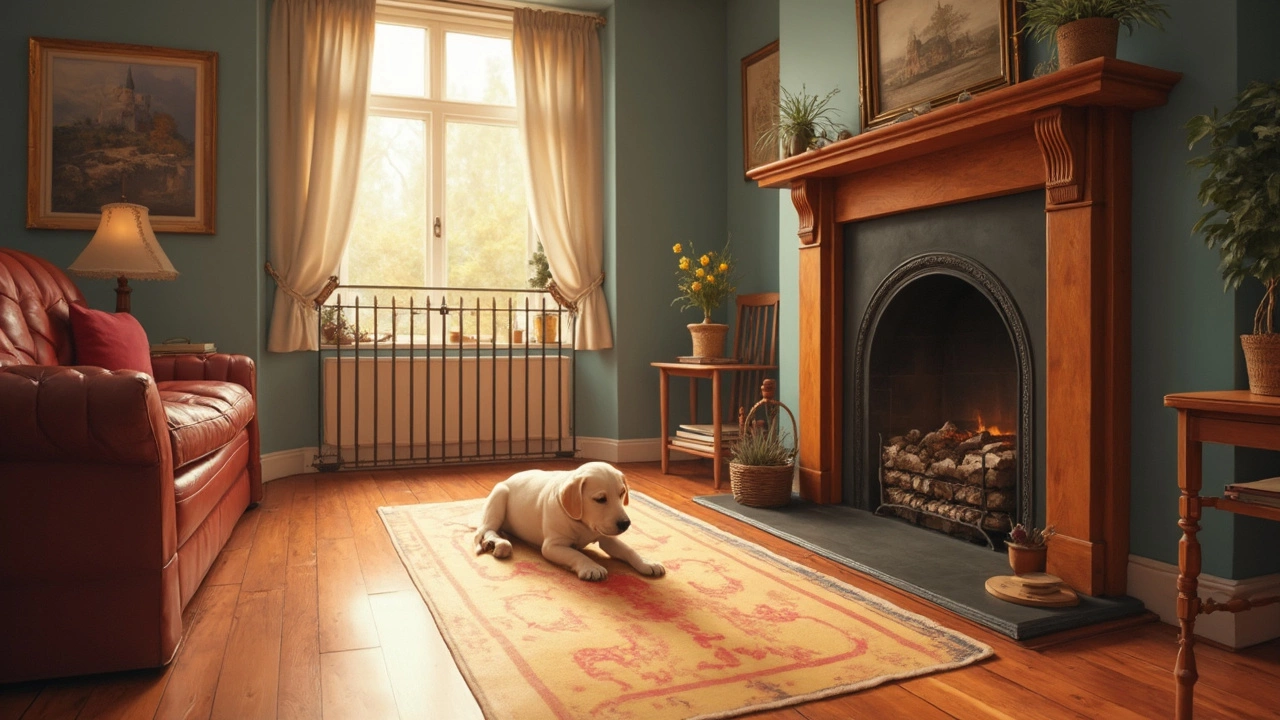House Training Made Easy: Real Tips for Real Dogs
Got a new pup or a grown‑up dog that keeps making messes? You’re not alone. House training can feel like a mystery, but it’s mostly about routine, patience, and a few smart tricks. Below you’ll find straight‑forward advice you can start using right now.
Set a Simple Schedule
The backbone of any successful house training plan is a predictable schedule. Dogs thrive when they know when to eat, drink, and go outside. Aim for meals at the same times each day – usually breakfast and dinner – and take your dog out within 15 minutes of each meal. Also, a short walk after playtime or naps helps them empty their bladder before you relax at home.
When you’re away, use a consistent cue like “outside” or “potty” at the door. The cue signals what you expect and reinforces the habit. Over time the dog will associate the word, the door, and the action, making outings smoother.
Crate Training and Accidents
A well‑chosen crate is a powerful house‑training tool. Dogs naturally avoid soiling where they sleep, so a crate that’s just big enough for their body works wonders. If you catch an accident, don’t scold – it only confuses them. Clean the spot with an enzymatic cleaner so the smell disappears and they won’t think it’s a bathroom.
If accidents happen, ask yourself: Was the schedule too long? Did they have a chance to go out after drinking? Adjust the timing and keep a checklist of bathroom breaks. Most pups learn the difference within a week when the routine stays steady.
For older dogs that need a refresher, treat every successful outdoor trip like a brand‑new training session. Praise loudly, give a treat, and keep the vibe upbeat. Consistency beats length – short, frequent sessions work better than occasional long ones.
Don’t forget to watch the signs. A dog that circles, sniffs, or whines is likely looking for a spot. Jump in the door fast, keep a leash handy, and head straight to the yard. Quick responses reinforce the right behavior.
If you live in an apartment, consider a pee pad as a backup. Place it near the door, use the same cue, and reward when they use it. Over time you can move the pad farther away as the dog gets better at holding it.
Finally, stay patient. House training isn’t a race; it’s a partnership. Celebrate the small wins, learn from the slip‑ups, and keep the routine steady. Soon enough your dog will know exactly where and when to do business, leaving you both with a cleaner home and a happier bond.
Posted By Bryndle Redding On 12 Apr 2025 Comments (0)
Should You Let Your Puppy Roam the House?
Deciding when to let your puppy roam the house can be tricky. Balancing freedom with safety is crucial for their development. This article explores the pros and cons of letting your furry friend explore, provides practical tips for setting boundaries, and highlights important safety measures to keep in mind. Discover how to gradually increase your puppy's house access while training them effectively to ensure a happy home environment.
READ MORE